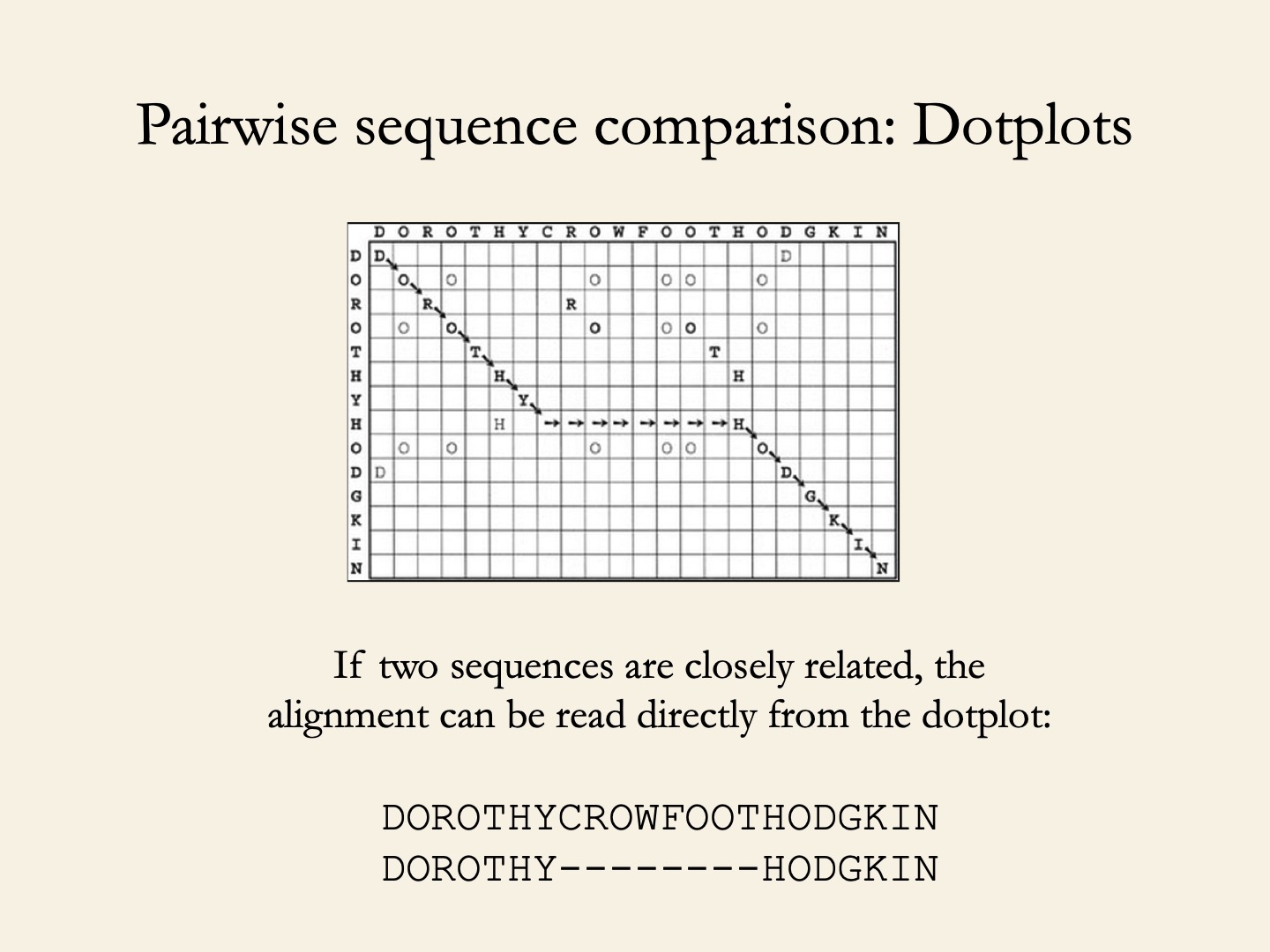

In the feature table, each labeled feature is hyperlinked to the sequence itself, which is at the bottom of the record. A gene may include multiple sections of coding sequences, so the same nucleotide sequence (shown in a number range) may be labeled as CDS and gene. Dotlet - Sequence comparison with dot plot at SIB. Megablast is intended for comparing a query to closely related sequences and works best if the. Blast2Seq - Align two or more sequences using BLAST at NCBI. MMseqs2 enables sensitive protein sequence searching for the analysis of massive data sets. The BLAST search will apply only to the residues in the range.

A BLAST search enables a researcher to compare a subject protein or nucleotide sequence (called a query) with. CDS = a coding sequence, or region of nucleotides that corresponds with amino acids in a protein. Enter coordinates for a subrange of the query sequence. In bioinformatics, BLAST (basic local alignment search tool) is an algorithm and program for comparing primary biological sequence information, such as the amino-acid sequences of proteins or the nucleotides of DNA and/or RNA sequences.Definitions of some of the feature labels can be found in the GenBank Sample Record. Megablast is intended for comparing a query to closely related sequences and works best if the target percent identity is 95 or more but is very fast. Scroll down the feature table of this mitochondrial DNA record. The program compares nucleotide or protein sequences to. An interesting part of a Nucleotide record is the section labeled "FEATURES." Called the "feature table," this is the part that reflects scientists' annotations - notes on what biological features of interest are known about a sequence. The Basic Local Alignment Search Tool (BLAST) finds regions of local similarity between sequences.


 0 kommentar(er)
0 kommentar(er)
